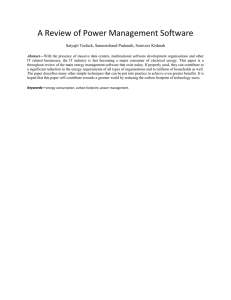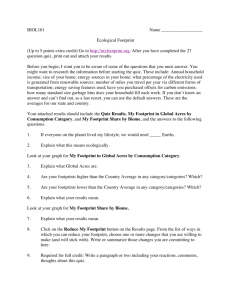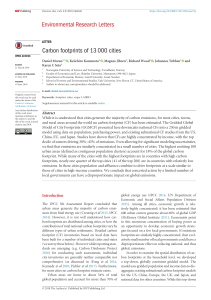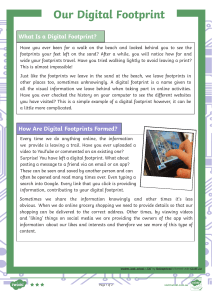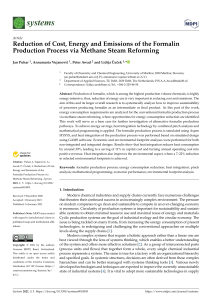Non-standard measurement
advertisement
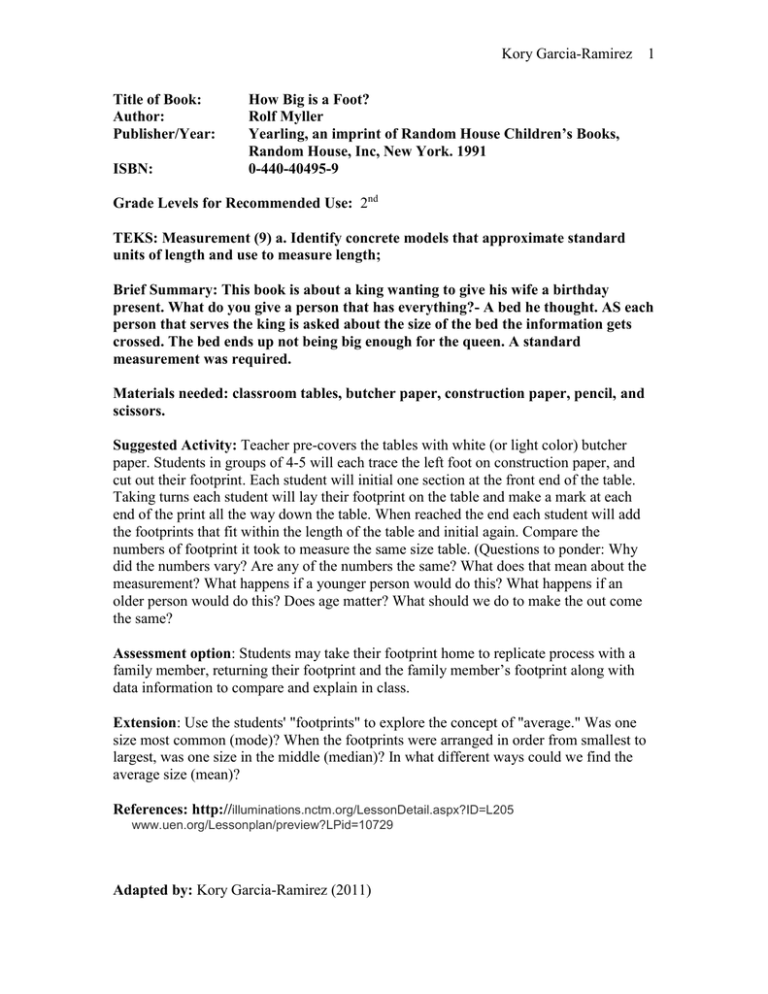
Kory Garcia-Ramirez Title of Book: Author: Publisher/Year: ISBN: 1 How Big is a Foot? Rolf Myller Yearling, an imprint of Random House Children’s Books, Random House, Inc, New York. 1991 0-440-40495-9 Grade Levels for Recommended Use: 2nd TEKS: Measurement (9) a. Identify concrete models that approximate standard units of length and use to measure length; Brief Summary: This book is about a king wanting to give his wife a birthday present. What do you give a person that has everything?- A bed he thought. AS each person that serves the king is asked about the size of the bed the information gets crossed. The bed ends up not being big enough for the queen. A standard measurement was required. Materials needed: classroom tables, butcher paper, construction paper, pencil, and scissors. Suggested Activity: Teacher pre-covers the tables with white (or light color) butcher paper. Students in groups of 4-5 will each trace the left foot on construction paper, and cut out their footprint. Each student will initial one section at the front end of the table. Taking turns each student will lay their footprint on the table and make a mark at each end of the print all the way down the table. When reached the end each student will add the footprints that fit within the length of the table and initial again. Compare the numbers of footprint it took to measure the same size table. (Questions to ponder: Why did the numbers vary? Are any of the numbers the same? What does that mean about the measurement? What happens if a younger person would do this? What happens if an older person would do this? Does age matter? What should we do to make the out come the same? Assessment option: Students may take their footprint home to replicate process with a family member, returning their footprint and the family member’s footprint along with data information to compare and explain in class. Extension: Use the students' "footprints" to explore the concept of "average." Was one size most common (mode)? When the footprints were arranged in order from smallest to largest, was one size in the middle (median)? In what different ways could we find the average size (mean)? References: http://illuminations.nctm.org/LessonDetail.aspx?ID=L205 www.uen.org/Lessonplan/preview?LPid=10729 Adapted by: Kory Garcia-Ramirez (2011)

